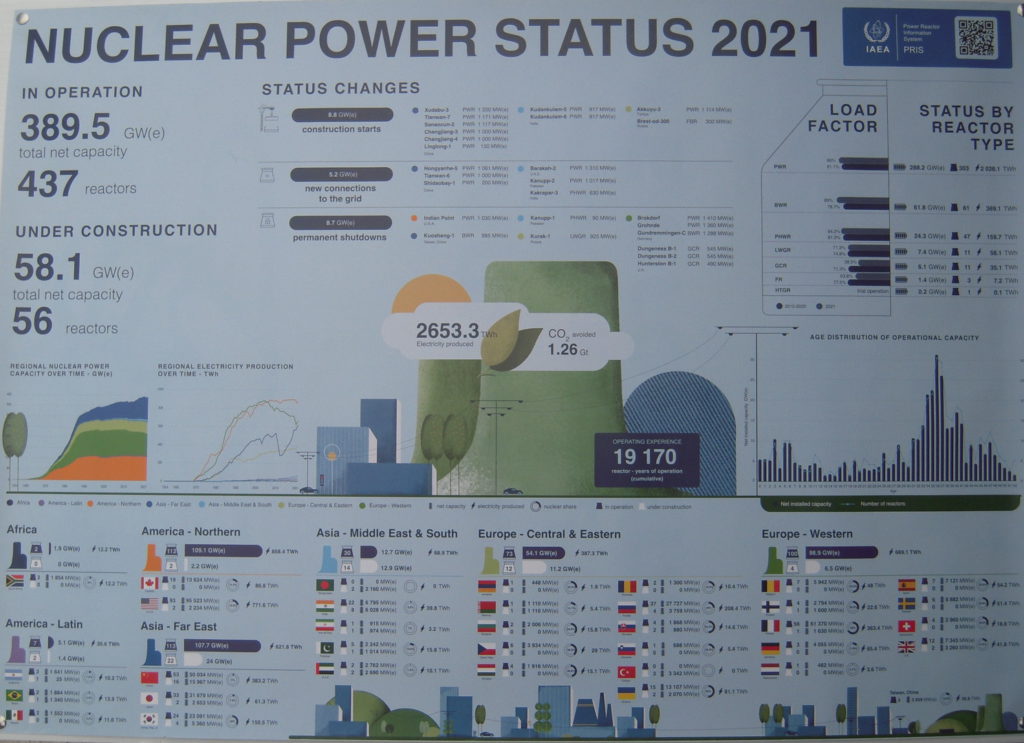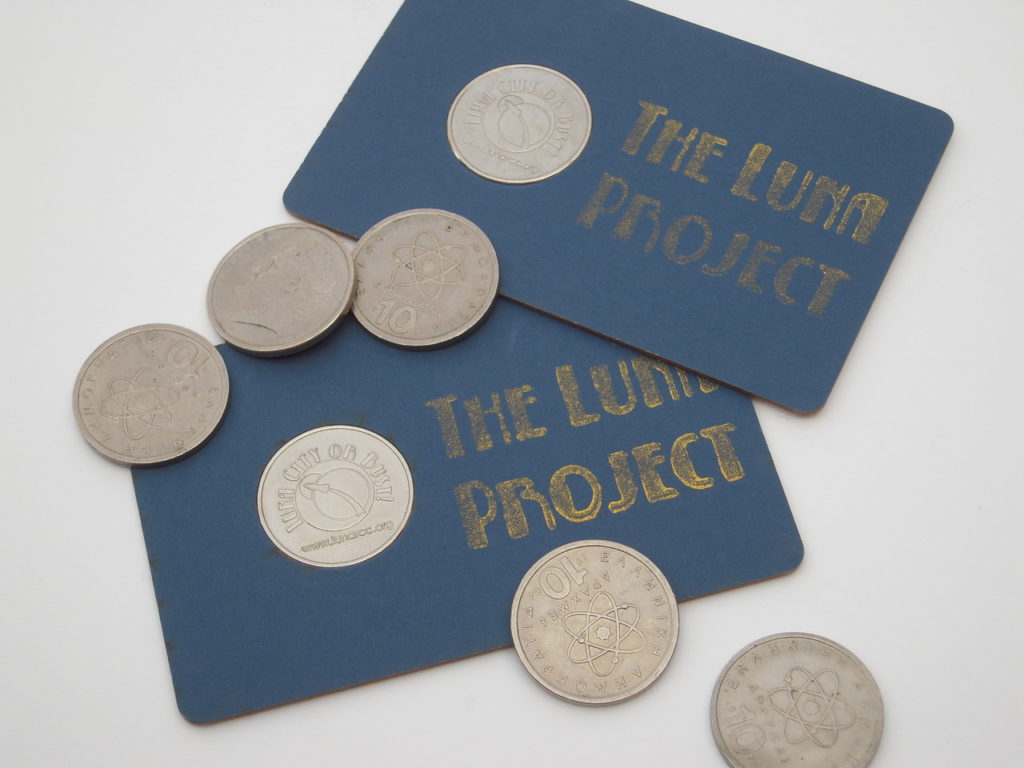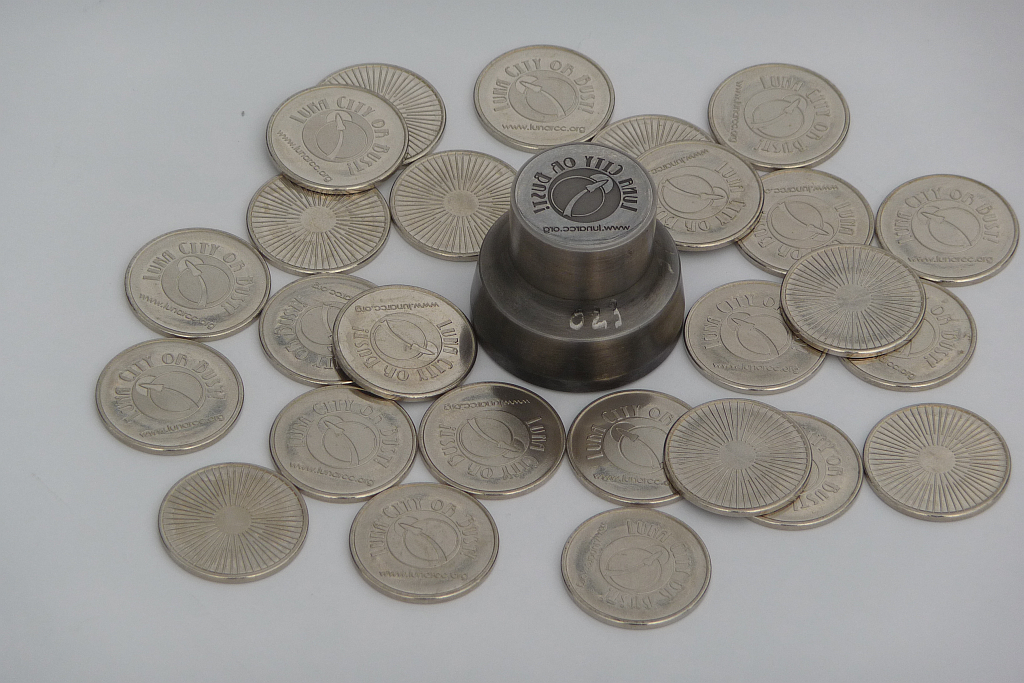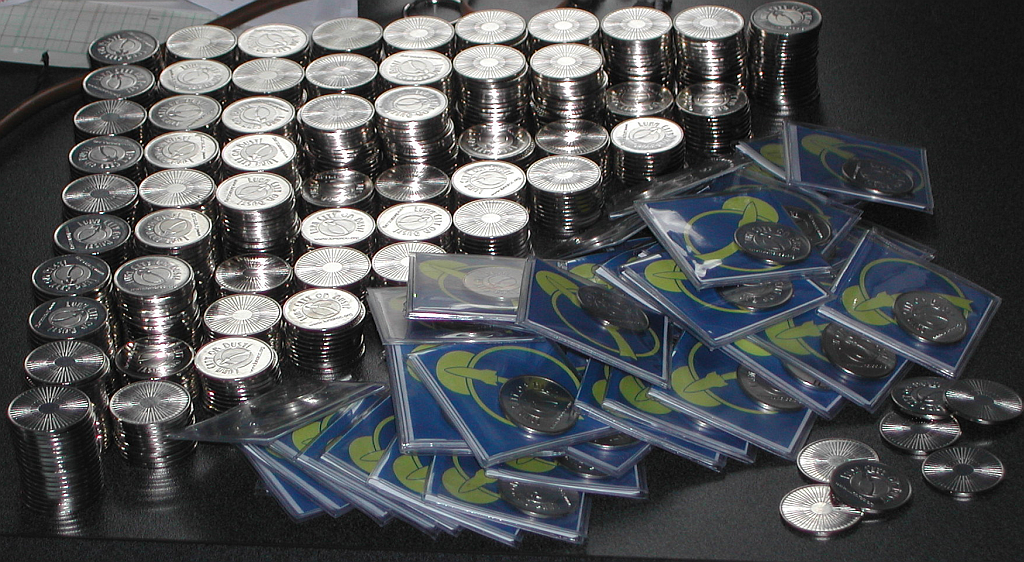Pythagorean central–fire astronomy? Truly, this show brings you things you won’t get anywhere else! Also, Mail Call ― the storytelling mode of eldritch horror and how it influences perceptions of atomic power ― a consideration of practical morality, that the onus of action falls most heavily on him who has the most power to act ― falling short of the glory of God ― and Pure Science, in the story of the world’s only depleted–uranium mine.
- Archive Recording
- 2023 ASFO Masterpost
- A Step Farther Out Masterpost
- Previous Week
- Following Week
- Patreon campaign






